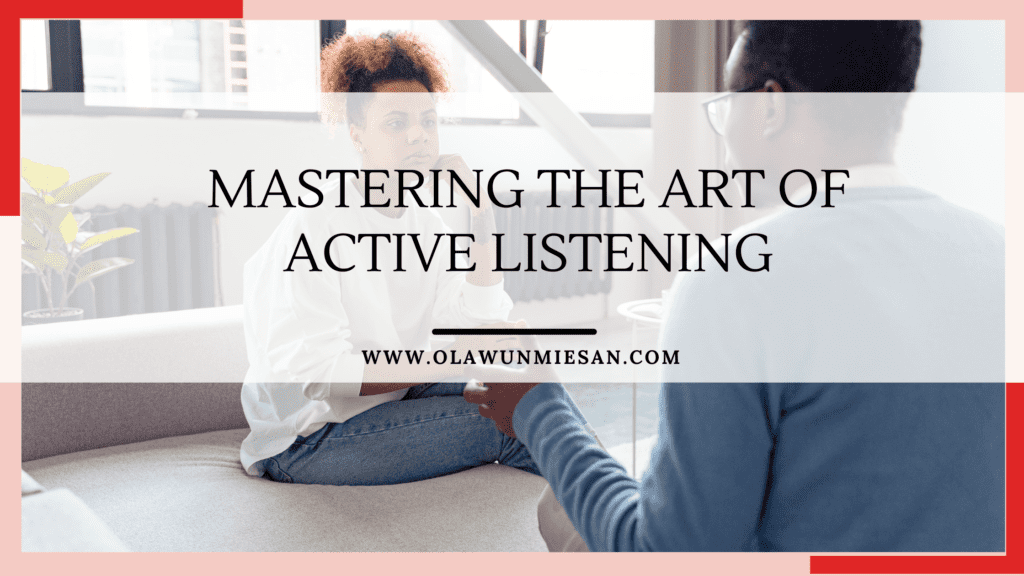Imagine gathering the courage to share something deeply personal with a trusted friend. You take a deep breath and launch into your story, your voice brimming with emotion. But across from you, your friend’s eyes are glued to their phone, their thumbs furiously tapping. Maybe a polite grunt escapes their lips here and there, but their gaze hardly strays from the screen.
Your enthusiasm deflates like a punctured balloon. Insecurity creeps in, wondering if what you have to say even matters. The sting of uninterest sits heavy in your chest and the words you longed to share turn to ashes in your mouth.
Ever felt that cold emptiness, that sense of being unseen and unheard in the very moment you needed connection most? We all have.
It’s a painful reminder that, in today’s fast-paced world, truly attentive listening has become a rare and precious gem. But here’s the good news: mastering this art is simpler than you think, and the rewards for your relationship are immense. Deeper connections, richer conversations, and a feeling of profound understanding—that’s the magic of active listening.
Let’s explore practical tips to master the art of active listening.
Ditch the distractions: Put Away All Devices
In the digital age, our devices often vie for attention, stealing moments of connection with loved ones. To truly engage in active listening, declare a tech-free zone and put away smartphones and gadgets.
The absence of electronic distractions not only demonstrates your commitment to the conversation but also allows you to be fully present, sending a powerful message that your partner takes precedence over any digital interruption.
This intentional act sets the stage for genuine and undivided attention, laying the foundation for meaningful conversations and a deeper connection.
Open-Ended Questions
Instead of steering the conversation with closed-ended queries, embrace open-ended questions like, “Tell me more about that” or “How did that make you feel?” These invitations encourage them to delve deeper and reveal the layers of their emotions, thoughts, or experiences.
Become a mirror, not a sponge.
Listening isn’t just about absorbing information; it’s about active engagement. Take active listening a step further by reflecting on what you’ve heard. Summarize their key points and emotions.
This not only ensures clarity but also demonstrates your commitment to understanding their perspective. Phrases like “It sounds like you’re feeling…” or “If I understand correctly…” build trust and let them know you are not just passively soaking up their words.
Hold the opinions; embrace the nod.
Resist the urge to jump in with advice, opinions, or, heaven forbid, comparisons. Just nod, offer supportive smiles, and let them know you are a safe space for their thoughts and feelings, no matter how unique or unexpected. Judgment slams the door shut on a deeper connection, so park it far, far away.
Practice Patience
Silence can be golden for active listening. Allow pauses for the speaker to gather their thoughts or express deeper emotions. Rushing in with your response may cut short meaningful revelations.
Mastering active listening isn’t about memorizing scripts or being a perfect listener (we all have our off days!). It’s about a genuine desire to connect—to understand another person without the filter of your assumptions.
It’s a gift you give not only to your partner but also to yourself, opening doors to deeper intimacy, richer conversations, and a newfound appreciation for the power of simply being present.

